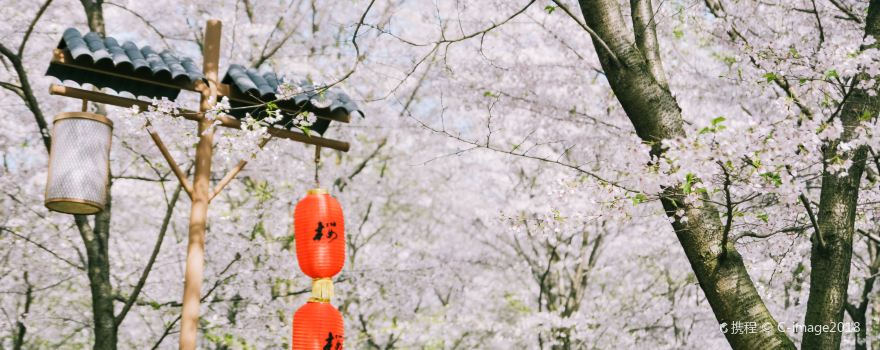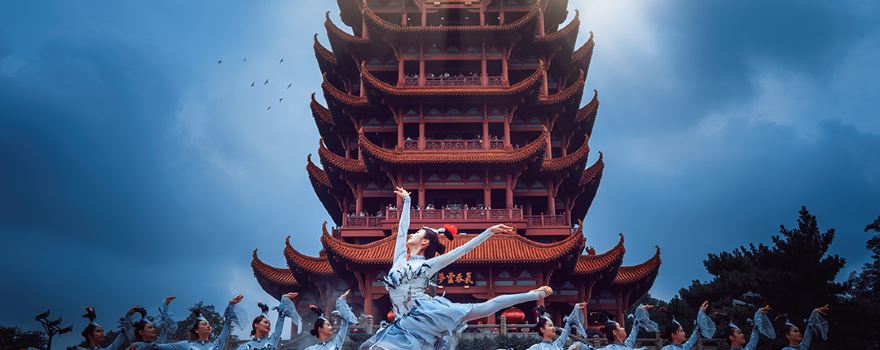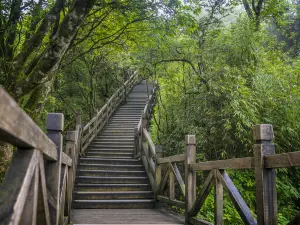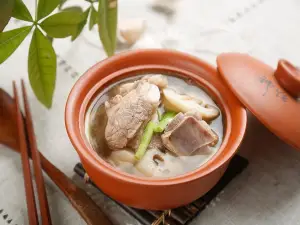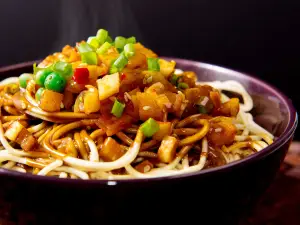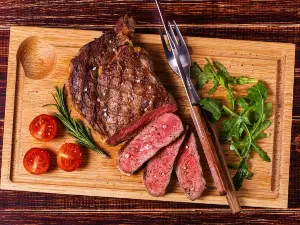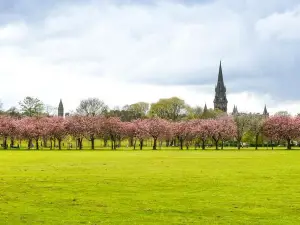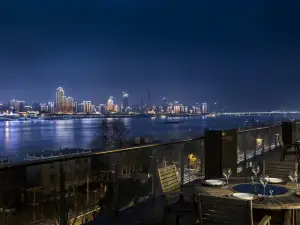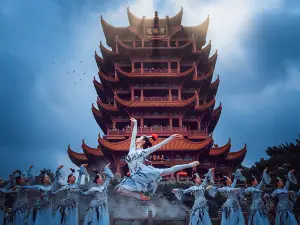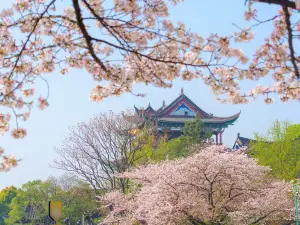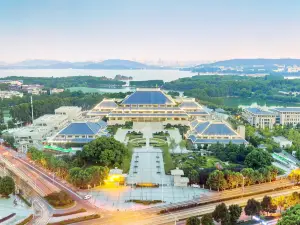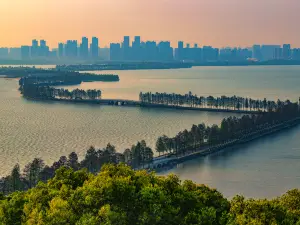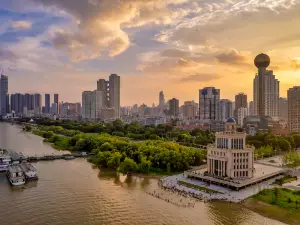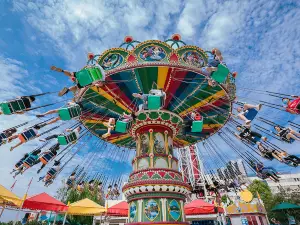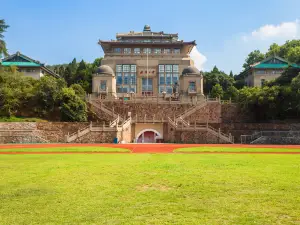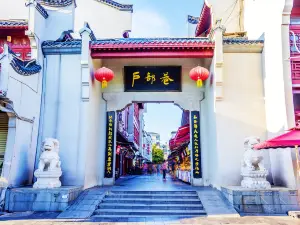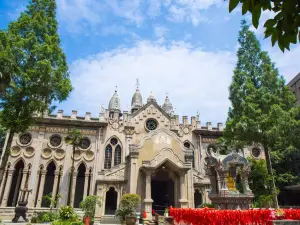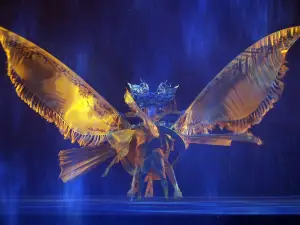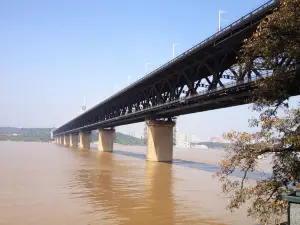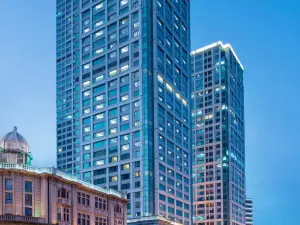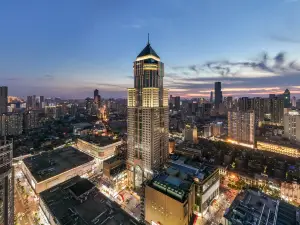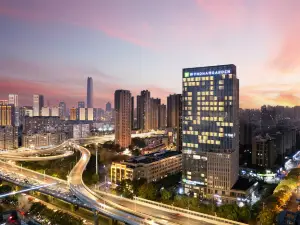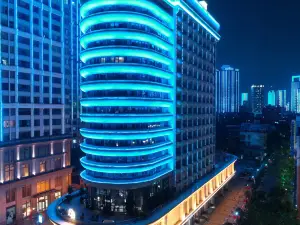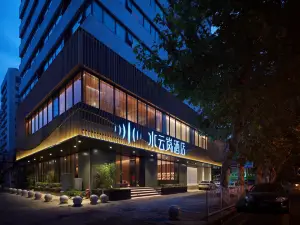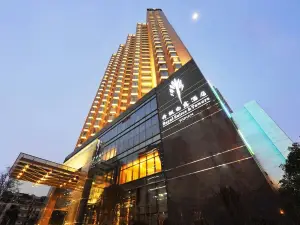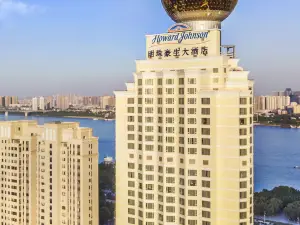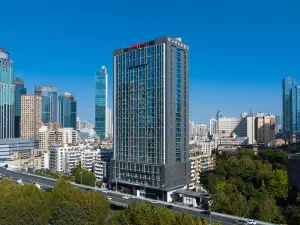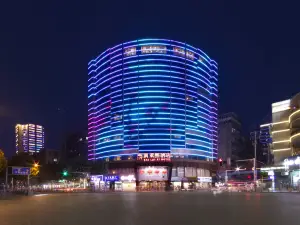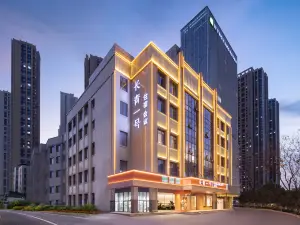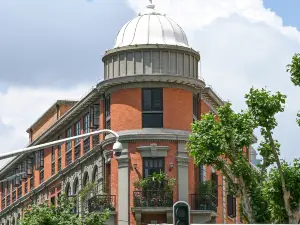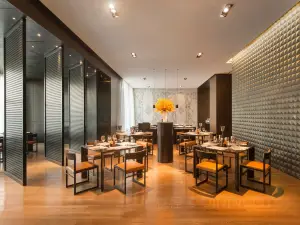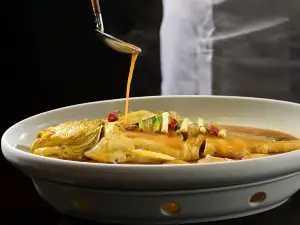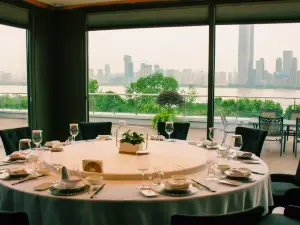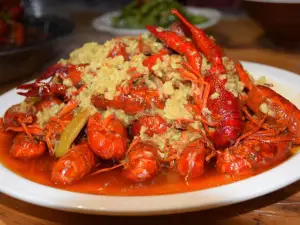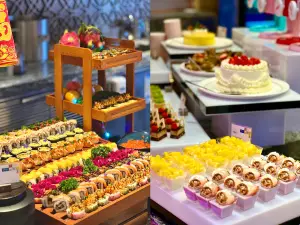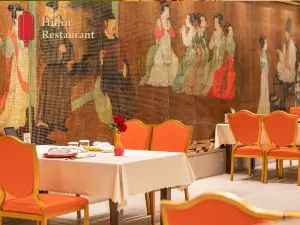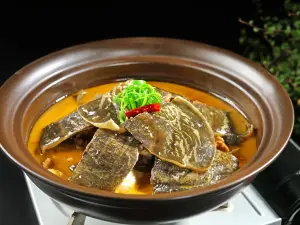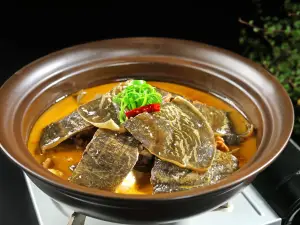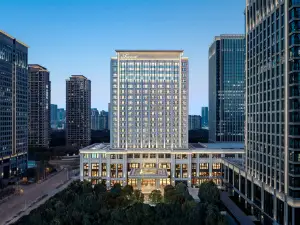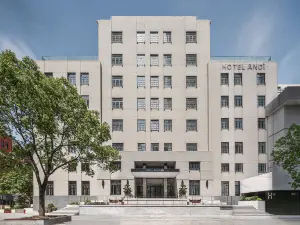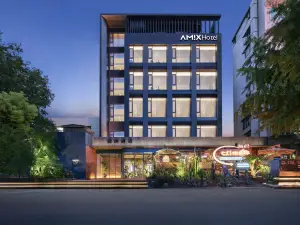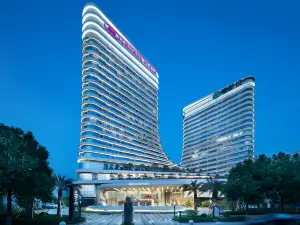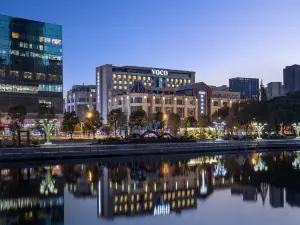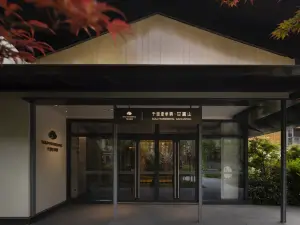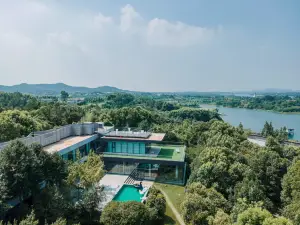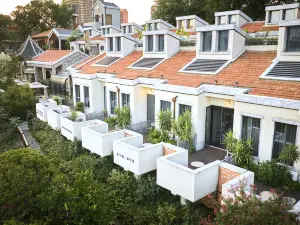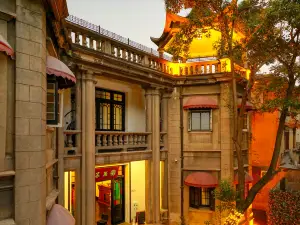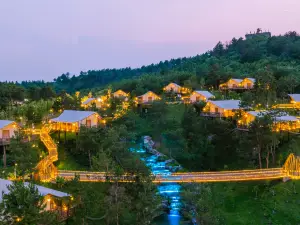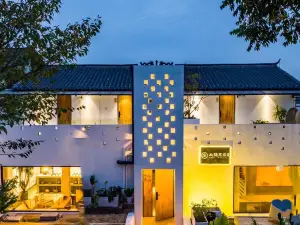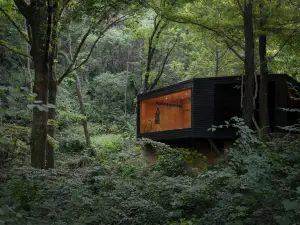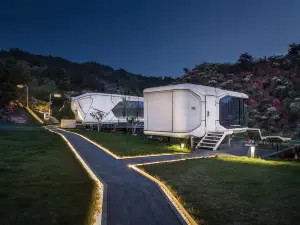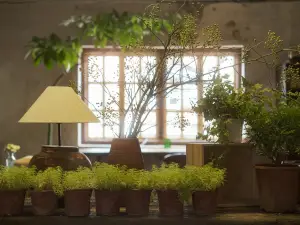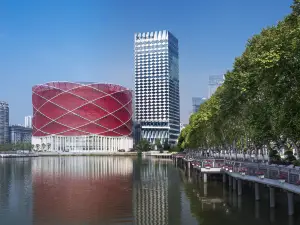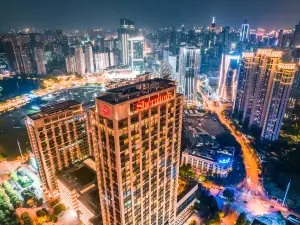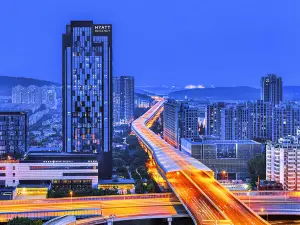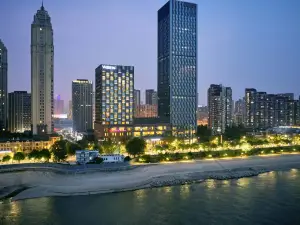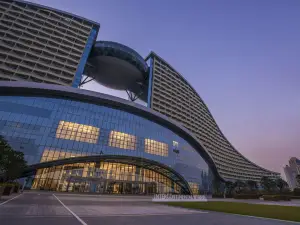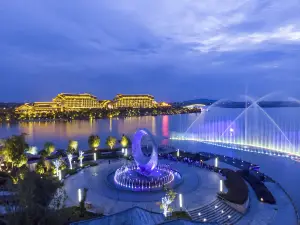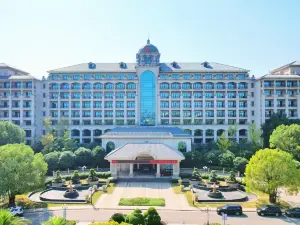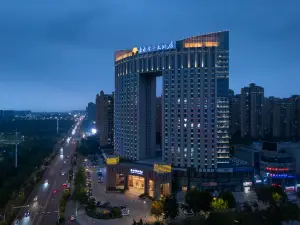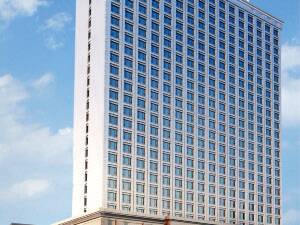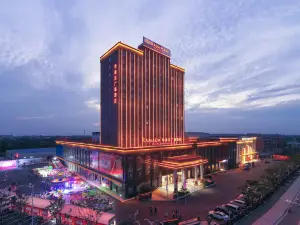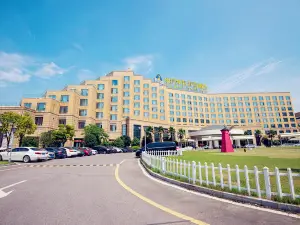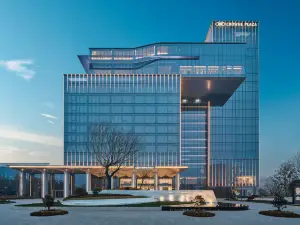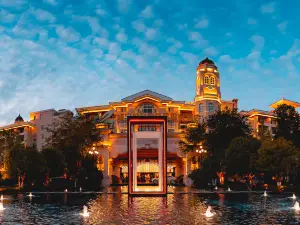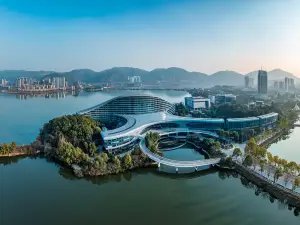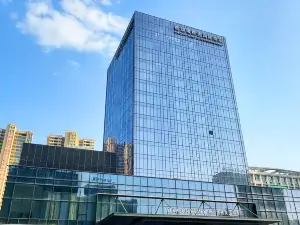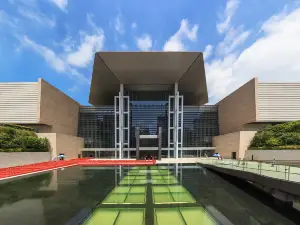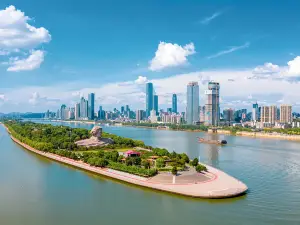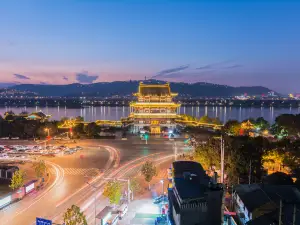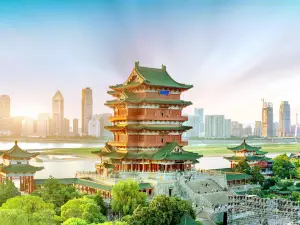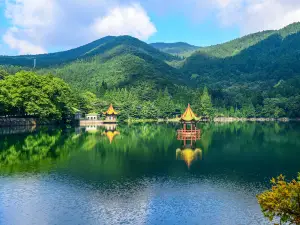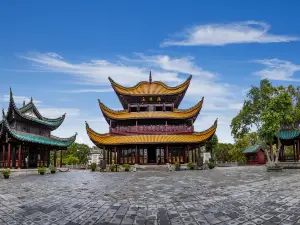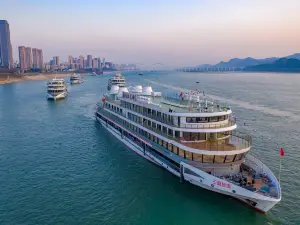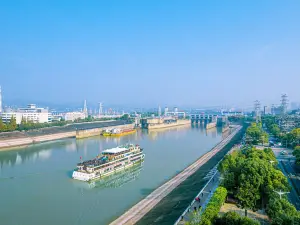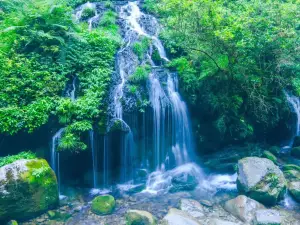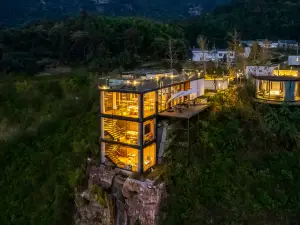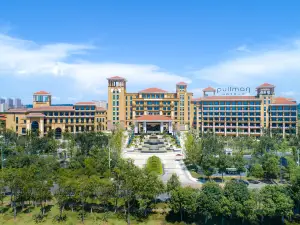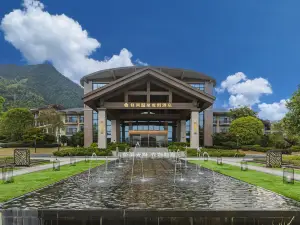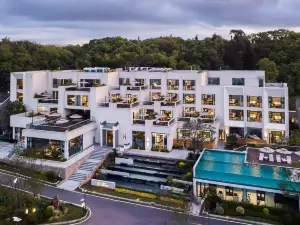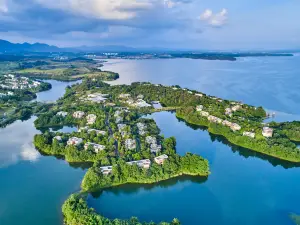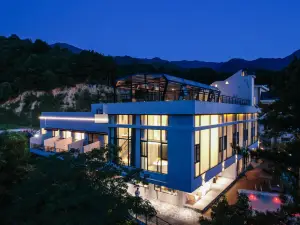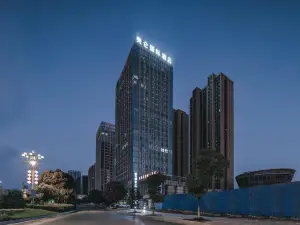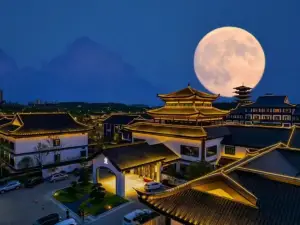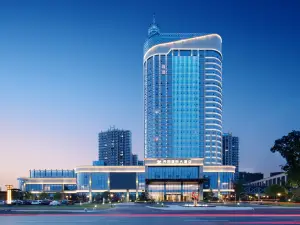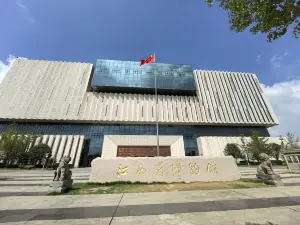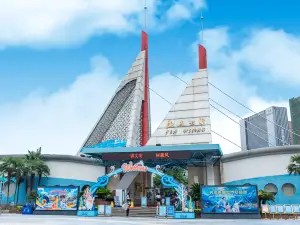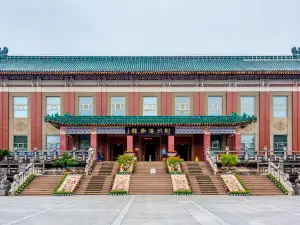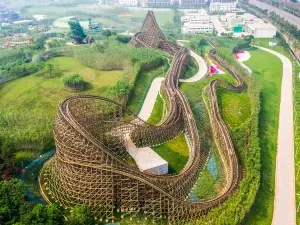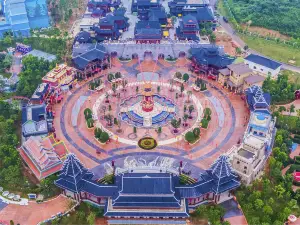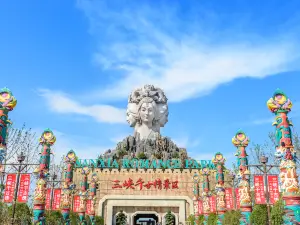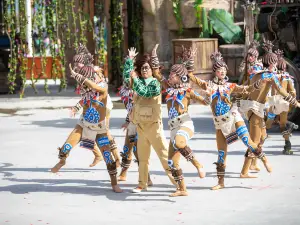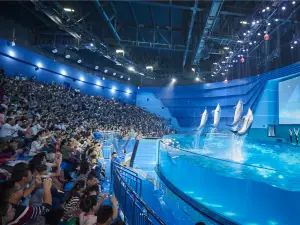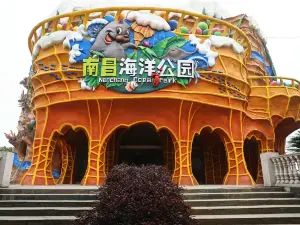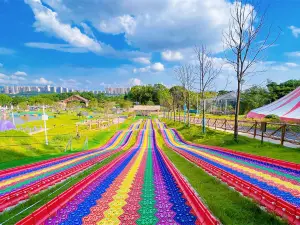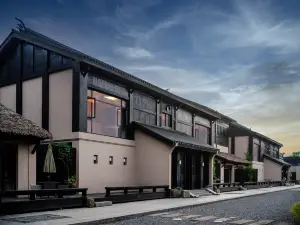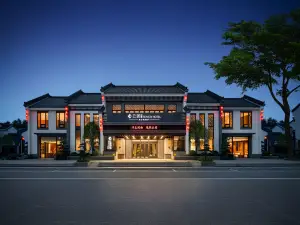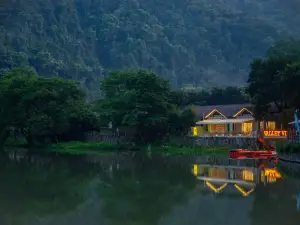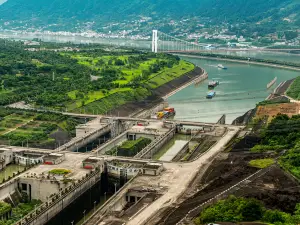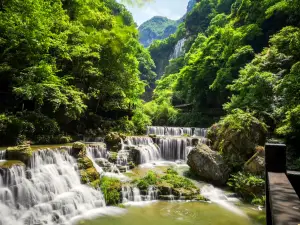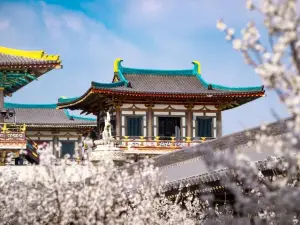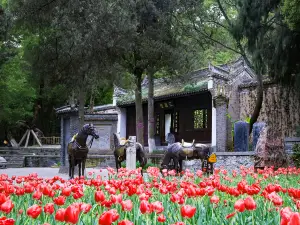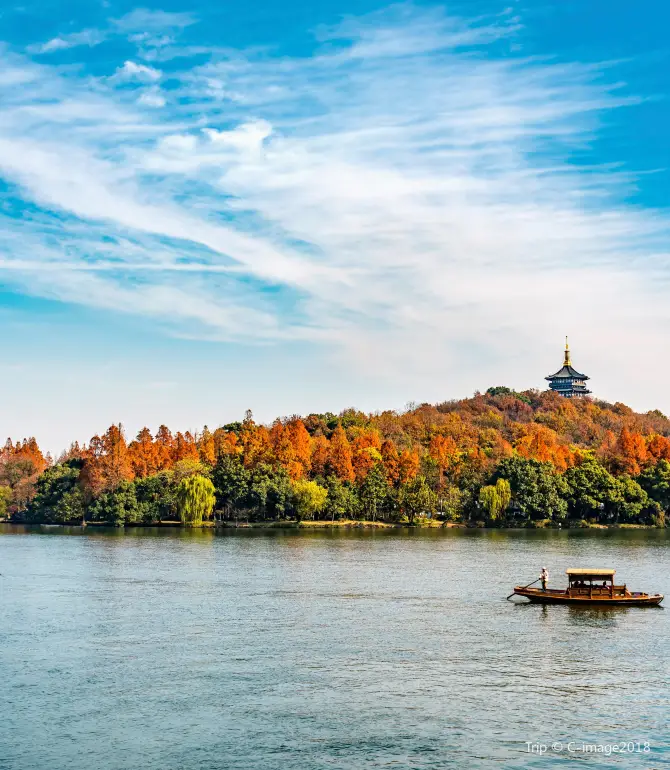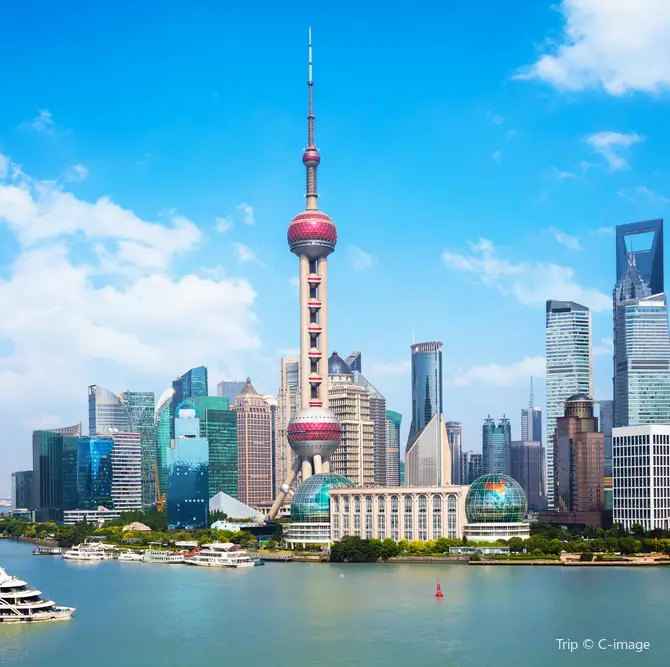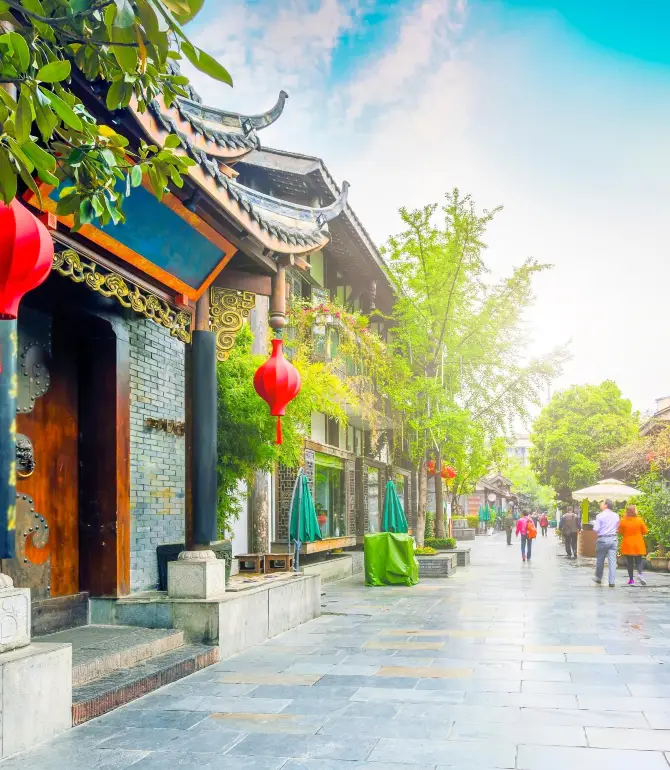2025 Wuhan Travel Guide: Weather, Transportation, Popular Attractions, and Everything You Need (Updated 2025 4)
About Wuhan
Recommended trip: 2–4 day(s)
Recommended trip: 2–4 day(s)Current Weather Conditions
Wuhan Local Experiences Map
Wuhan Local Travel Guide 2025
Wuhan Brief Guide
Wuhan is also called "River City" as the Yangtze and Han rivers separate Wuhan into three areas: Hankou, Wuchang, and Hanyang. Long ago, the modernization movement led to this place having several first-class factories. The century-old buildings of Hankou bore witness to the growing prosperity of that time. The Wuchang Uprising of 1911 here marked the establishment of the Warlord Era. Currently, Wuhan's many institutions of higher education completely suffuse the area with vitality. Optics Valley, a software park in the free-trade zone, also has become one of new Wuhan's core locations. Tanhualin Art Village and Hanyangzao Art District are two places highly unlikely to disappoint young artistic types. The cherry blossoms of Wuhan University and East Lake in the spring attract the interest of countless tourists. Reganmian (hot dry noodles) and duck's neck are both traditional local delicacies. You should not miss the opportunity to try either of them. Lounging over a rich breakfast is a good way to spend the morning and a better way to get an idea of how the people of Wuhan live.
Wuhan Must-try Local Experiences
1. Explore the Historic Yellow Crane Tower Ascend the Yellow Crane Tower for panoramic views of Wuhan and the Yangtze River. Learn about its rich history and cultural significance through exhibits and displays. Capture stunning photographs of this iconic landmark. 2. Stroll along the Scenic East Lake Explore East Lake, cycling, or strolling along scenic trails surrounded by lush greenery and tranquility. During cherry blossom season, the East Lake Cherry Blossom Garden becomes a top destination for photography, offering a stunning floral backdrop. 3. Experience the Charm of Chu Culture Discover Hubei's rich history at the Hubei Provincial Museum, featuring ancient artifacts like bronzes, ceramics, and the Bianzhong. Immerse yourself in Han Opera, a traditional Chinese opera from Hubei. Enjoy the elaborate costumes, expressive singing, and stylized movements. 4. Experience the Beauty of Wuhan University Wander through Wuhan University's picturesque campus, known for its beautiful architecture and cherry blossoms. Enjoy the blend of Chinese and Western styles. 5. Take a Night Cruise on the Yangtze River A night cruise on the Yangtze River offers a unique perspective of Wuhan's illuminated skyline. It's a romantic and serene experience. 6. Savor the Flavors of Wuhan Cuisine Indulge in Wuhan's unique cuisine, including Re gan mian (hot dry noodles), Doupi (savory bean curd), and Mianwo (fried dough rings). 7. Discover Local Delights at the Jianghan Road Pedestrian Street Explore Jianghan Road Pedestrian Street, a shopper's paradise with department stores, boutiques, and street vendors. Find souvenirs and local snacks.
Wuhan Must-see Attractions
Wuhan, a city rich in cultural heritage and modern attractions, boasts landmarks like the historic Yellow Crane Tower with panoramic views, the Hubei Provincial Museum with ancient relics, the storied Qingchuan Pavilion, the culturally significant Hankou Bund, and the thrilling Wuhan Happy Valley amusement park.
Wuhan Nightlife Highlights
Wuhan's evenings are enchanting with vibrant lights and rich cultural experiences. Whether it’s a night cruise along the Yangtze River, a dazzling light show at the Yellow Crane Tower, or the panoramic night views from the Qingchuan Pavilion, each experience uniquely highlights the city’s historical depth and nocturnal allure.
Wuhan Where to Stay
Wuhan is a vibrant city that boasts a rich tapestry of both modern and traditional influences, reflected in its diverse accommodation options. The city's hotels and hostels are strategically distributed across its key districts, including Hankou, Hanyang, and Wuchang, ensuring that visitors can find convenient and comfortable lodging close to major tourist attractions and transportation hubs.
Wuhan Food Guide
Wuhan's cuisine is incredibly diverse, ranging from the unique Hot Dry Noodles and delicious Wuchang Fish to traditional Fried Bean Curd Sheets and the historic Fresh Fish Paste Soup Noodles. Each dish showcases the Wuhan locals' profound understanding and passion for flavor. From breakfast to dinner, Wuhan's culinary culture offers a day-long feast for the taste buds.
Wuhan Useful Guide
Wuhan's transportation network is a critical component of the city's infrastructure, with Wuhan Tianhe International Airport and the city's railway stations being key hubs for intercity travel. Wuhan Tianhe International Airport (WUH) is the primary aviation gateway for the region, located approximately 26 km north of the city center. As a major airport in central China, it serves numerous domestic and international flights. To reach the city from the airport, passengers can take the Wuhan Metro Line 2, which connects directly to the airport, providing a convenient and efficient transfer to the city center. The city's railway system is anchored by three main stations: Wuhan Railway Station, Hankou Railway Station, and Wuchang Railway Station. Wuhan Railway Station, located in the Hongshan District, is a high-speed rail station that primarily serves high-speed trains on major routes such as the Beijing-Guangzhou High-Speed Railway. It is accessible via Wuhan Metro Line 2 and Line 4. Hankou Railway Station, situated in the Jianghan District, is a historic station that handles both high-speed and conventional trains. It can be reached by Metro Line 2. Wuchang Railway Station, in the Wuchang District, is a key station on the Beijing-Guangzhou Railway and is connected to the city by various bus routes.
Trip.Best: Wuhan
Things to do in Wuhan
What to Do
Where to Stay
What to Eat
Wuhan Moments: Through Travelers' Eyes

Don't crowd Donghu Cherry Blossom Park. This niche cherry blossom garden is even better for photos.

Not New Zealand, but Wuhan

Cherry Blossoms: A Journey from China

Wuhan Cherry Blossom Budget Travel Guide: Spend Just RMB 100 and Take Stunning Photos!

Wuhan Plum Blossom Map | Unlock the Romance of Early Spring

Wuhan in the off-season is back, and it's really not recommended to visit in March-April.

Wuhan has its own "Hogwarts"

Tomb-Sweeping Holiday: A Guide to Xiangyang and More
What People Are Saying About Wuhan
Yellow Crane Tower
Qingchuan Pavilion Park
Hubei Provincial Museum
East Lake
East Lake Cherry Blossom Garden
Hankou Beach
Wuhan Liangjiang Cruise (Night Cruise on Yangtze River)
Wuhan Happy Valley
Zhiyin Cruise Ship
How much do you know about Wuhan?
What's the most popular attractions in Wuhan?
Things to do near Wuhan for family & child?
Any recommended attractions about nature scenery in Wuhan?
How to get to Lijiang from Wuhan?
Best of Wuhan
Site Operator: Trip.com Travel Singapore Pte. Ltd.

